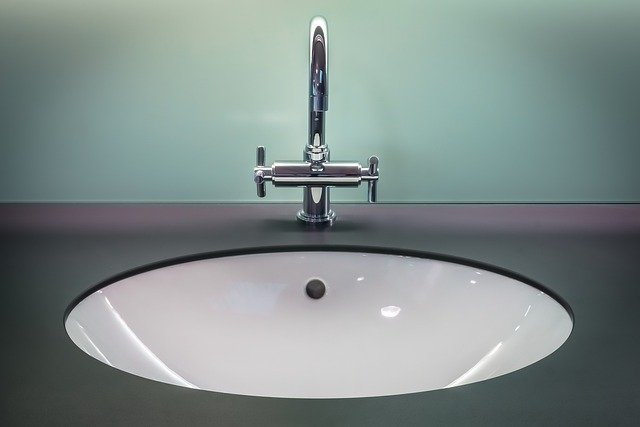Laser Skin Rejuvenation: Restore Youthful Radiance Now
Explore how laser skin rejuvenation can reduce fine lines, sun damage, acne scarring, and uneven tone while stimulating collagen for firmer, healthier skin. This guide explains how ablative and non-ablative lasers differ, what to expect during treatment, potential risks, results duration, and tips for choosing a qualified clinic. Learn whether laser treatments are right for your skin concerns and how to maintain results.

Laser procedures have become a leading option for people who want to improve skin texture, tone, and overall appearance without invasive surgery. By harnessing focused light energy, laser skin rejuvenation promotes healing and collagen production, helping to smooth fine lines, fade pigmentation, and reduce scarring. Below is a clear, practical overview of how these treatments work, what they can treat, what to expect, and how to pick the right clinic.
How laser treatments work: two main approaches
Lasers used for skin rejuvenation fall into two broad categories: ablative and non-ablative. Ablative lasers remove the outermost layers of skin (the epidermis) and heat the underlying dermis, which triggers a robust repair response and significant new collagen formation. These treatments are more intensive and often require longer recovery but yield more dramatic results.
Non-ablative lasers bypass the top layer and deliver controlled heat beneath the surface to stimulate collagen remodeling without removing skin. These procedures typically involve less downtime and carry a lower risk profile, though multiple sessions may be needed to reach comparable outcomes to ablative treatments.
Selecting between these options depends on your skin concern, downtime tolerance, and desired intensity of results. A professional assessment will determine the best approach for your needs.
Common concerns laser rejuvenation can address
Laser treatments are versatile and can help with many conditions, including:
- Fine lines and wrinkles
- Sun damage and age spots
- Uneven skin tone and texture
- Acne scars and other mild scarring
- Enlarged pores
- Persistent redness and rosacea
- Melasma and various forms of hyperpigmentation
Effectiveness varies by the type of laser used and individual skin characteristics, such as skin tone and sensitivity. A consultation with a dermatologist or trained provider will clarify expected results for your specific concerns.
What to expect during a treatment session
Most laser procedures follow a predictable sequence:
-
Consultation: Your provider reviews your medical history, medications, and skincare routine, evaluates your skin, and outlines realistic outcomes and alternatives.
-
Preparation: The treatment area is thoroughly cleansed. Topical anesthetic creams are commonly applied for more aggressive procedures to reduce discomfort.
-
Treatment: The clinician moves the laser handpiece over the targeted area, delivering brief pulses of light energy. Session length depends on the device and the area size—some small zones take minutes, while full-face treatments take longer.
-
Immediate aftercare: Cooling gels, ointments, or protective dressings may be applied. You will receive detailed home-care instructions, including sun avoidance and wound care if needed.
Some patients notice instant improvements in texture or redness, but collagen remodeling and the full visible benefits usually build over weeks to months as the skin heals and regenerates.
How long results last and how to maintain them
Duration of benefit depends on the laser type, initial skin condition, age, lifestyle factors (like sun exposure and smoking), and ongoing skincare. Results can last several months to a few years. To preserve improvements:
- Follow a daily skincare routine with antioxidants and sunscreen.
- Avoid prolonged unprotected sun exposure.
- Consider periodic maintenance sessions as recommended by your provider.
Combining laser treatments with medical-grade topical products often enhances and prolongs the outcome.
Potential risks and side effects
When performed by experienced professionals, laser skin rejuvenation is generally safe, but side effects can occur:
- Redness and swelling, typically temporary
- Temporary hyperpigmentation (darkening) or hypopigmentation (lightening)
- Small risk of scarring, especially after aggressive ablative treatments
- Infection if proper aftercare is not followed
- Rare burns from improper device use
Careful candidate selection, correct device settings, and strict adherence to pre- and post-treatment instructions reduce these risks.
Choosing the right clinic
Pick a clinic with a strong safety record and transparent practices. Key factors to verify:
- Qualifications and experience of the clinicians (board certification or licensed dermatology expertise)
- Use of FDA-cleared, well-maintained equipment
- A thorough consultation and clear treatment plan
- Before-and-after photos and patient testimonials
- Transparent pricing and realistic timelines
Trustworthy clinics will discuss contraindications, expected downtime, and a follow-up plan.
| Clinic Name | Services Offered | Key Features/Benefits |
|---|---|---|
| Laser Skin Center | Fractional laser resurfacing, IPL treatments | State-of-the-art equipment, experienced dermatologists |
| BeautyMed Clinic | Non-ablative laser rejuvenation, chemical peels | Customized treatment plans, complimentary consultations |
| Radiant Skin Institute | Ablative and non-ablative laser treatments, microdermabrasion | Comprehensive skin analysis, flexible scheduling options |
Cost disclaimer: Prices vary depending on location, provider experience, device type, and treatment complexity. Obtain a personalized quote during a formal consultation.
Laser skin rejuvenation can deliver meaningful improvements for many common skin concerns, but the best outcomes arise from realistic expectations, careful provider selection, and consistent aftercare. Speak with a qualified skincare professional to learn which laser approach aligns with your goals and skin type.
This article is for informational purposes only and should not be considered medical advice. Please consult a qualified healthcare professional for personalized guidance and treatment.





